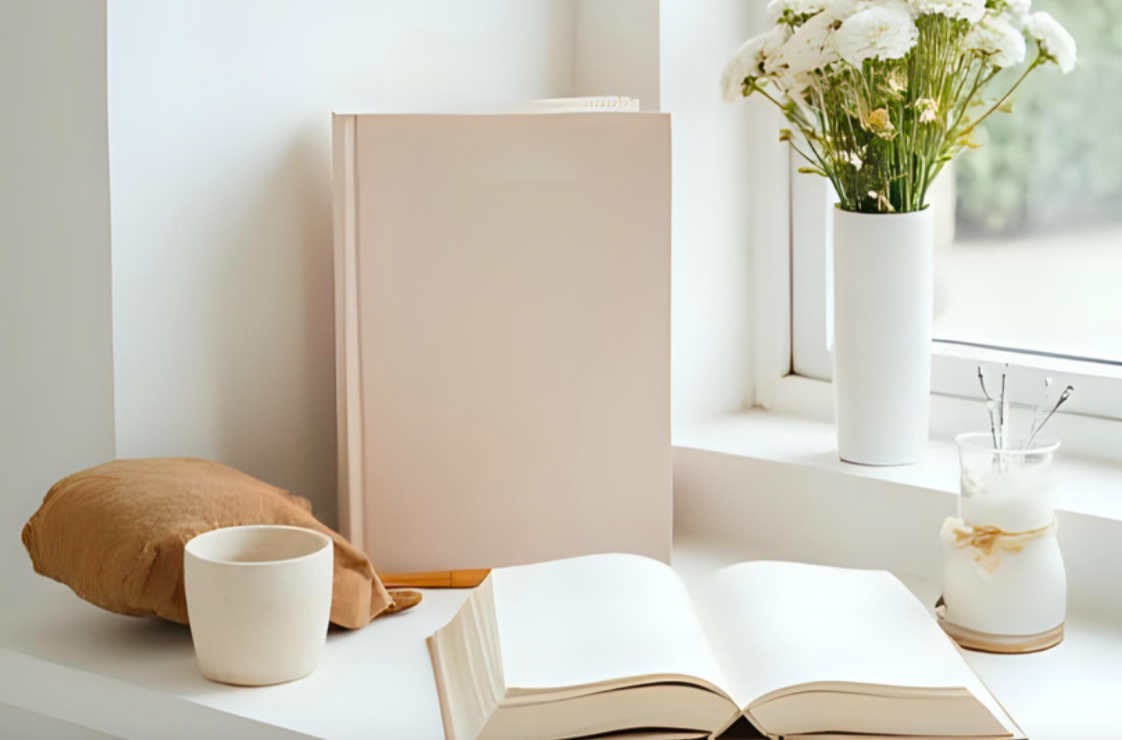
How We Begin.
Beginning therapy is an act of hope. It is a choice to care for yourself, to grow, and to move toward the life you want. Each step of this process is designed to help you feel supported, understood, and empowered along the way.
Getting Started
To begin, you’ll visit my Alma profile where you can schedule a free 15-minute consultation. Alma is the secure, HIPAA-compliant platform I use for all scheduling, billing, and insurance processing. They make the logistics simple so that we can focus on the therapy itself.
During our consultation, you can share a bit about what’s bringing you to therapy, and I’ll answer any questions you might have about my approach, availability, or process. It’s also a chance for us to get to know each other, and begin to develop a sense of comfort and connection.
The Intake Process
If we decide to move forward, I’ll send you a secure intake packet that includes a few forms: practice policies, a therapy agreement, and brief questionnaires about how you’ve been feeling lately. These forms help me understand the broad picture of your emotional well-being before we meet.
Our first session will be a collaborative intake evaluation. It’s a session designed to help me get to know you more deeply. I’ll ask about your background, relationships, work, family, culture, and the experiences that have shaped you. It’s a chance for you to share your own story, and for us to identify what you most hope to gain from therapy. We’ll end that session by setting a few intentional goals together, which I like to think of as small guideposts that help us stay oriented in your growth process.
The Flow of Therapy
After the intake, we’ll begin meeting weekly for 60-minute sessions. Think of this as an hour each week that belongs entirely to you. It’s a space to slow down, reflect, and reconnect with yourself in a deeper way.
Therapy unfolds gradually over time. Some weeks will feel light, full of insight and connection; and other weeks might feel heavier, as we explore past pain or long-held patterns. Both are important. True healing often involves moving between understanding and release, noticing what no longer serves you, and practicing new ways of being that align with who you’d like to become.
In our work together, I’ll help you build awareness and emotional tools, while staying attuned to how you’re feeling along the way. I will regularly check in on your goals and progress, and I may reintroduce brief assessments from time to time so we can track your growth together.
The End of Therapy
Knowing when to end therapy is as meaningful as knowing when to begin. Often, it becomes clear when our work feels lighter, when your goals have been met, or when you find yourself with fewer pressing things to talk about. Sometimes that realization comes with mixed feelings (pride, gratitude, even sadness), and that’s all part of the process too.
When it’s time to close, we’ll reflect together on what you’ve learned and how you’ll continue to care for yourself moving forward. The end of therapy isn’t an ending at all, it’s just a transition. You can always return for a check-in, a refresher, or new support as life evolves. The goal is not to stay in therapy forever, but to leave feeling grounded, confident, and equipped to navigate life with more ease and self-understanding.
